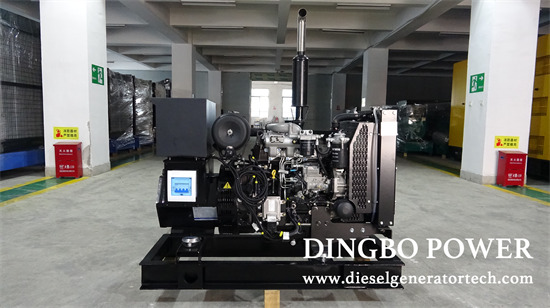The main purpose of minor repairs to Cummins diesel generators is to eliminate common faults that occur during use, and to maintain good working conditions by replacing or repairing individual parts.

This minor repair method mainly includes temporary malfunctions that occur during work, potential faults discovered during maintenance, and the replacement of individual severely worn parts.
The basic content of minor repairs for Cummins diesel generators:
Check and eliminate the three leakage phenomenon of the Cummins diesel generator, and tighten the external components of the Cummins diesel generator according to the specified torque.
Check the various technical parameters of the fuel injection pump and injector. If they are incorrect, adjust them according to the specified data.
Adjust the valve clearance according to technical requirements.
When replacing the piston ring, the carbon deposits in the cylinder head, upper part of the cylinder sleeve, and piston ring groove should be removed. When assembling the piston ring, the opening gap of the ring mouth should also be checked.
Replace the lubricating oil and clean the oil pan.
Check all components of the startup system and perform cleaning and adjustment as required.
Replace some damaged parts and components, and if necessary, inspect the moving parts inside the Cummins diesel generator.
Check the contact between the working surface of the Cummins diesel generator collector ring and the brush, and also check the elasticity of the brush pressure spring. Add lubricating grease to the inside of the bearings of Cummins diesel generator according to the requirements of the technical manual.
Regarding the technical requirements for minor repairs of diesel generators, after grinding the intake and exhaust valves, it is necessary to thoroughly remove the grinding sand inside and outside the cylinder head. At the same time, a leakage test is also required for the sealing of the valves.
Adjust the clearance of each part of the piston ring according to technical requirements. During installation, it is necessary to assemble the various rings correctly according to their structure, characteristics, and installation sequence, and not reverse them. Each ring mouth should be staggered according to the technical requirements specified in the technical manual, and overlapping is not allowed.
The assembled bolts are not allowed to bend, crack, or buckle.
The oil pan, diesel tank, oil filter, and diesel filter inside should be clean and free of impurities.
Adjust the oil pressure as required.
Check and adjust the pressure of the brush spring according to the technical requirements in the manual of the synchronous diesel generator with brushes. The contact surface between the brush and the collector ring should be maintained at 85% or above
Abnormal noise is not allowed from the internal bearings of the diesel generator.
The instruments and other components installed inside the diesel generator control panel are not allowed to shake, and various screws should be tightened according to technical requirements. The insulation layer of the stator coil, rotor coil, excitation motor stator coil, and excitation motor rotor coil of the diesel generator should not have any detachment phenomenon.
Dingbo Power was founded in 1974 and is one of the earliest manufacturers of generators and diesel generator sets in China. If you want get more information, please feel free to send email to sales@dieselgeneratortech.com we will pay highly attention on your question.
Comments
Post a Comment